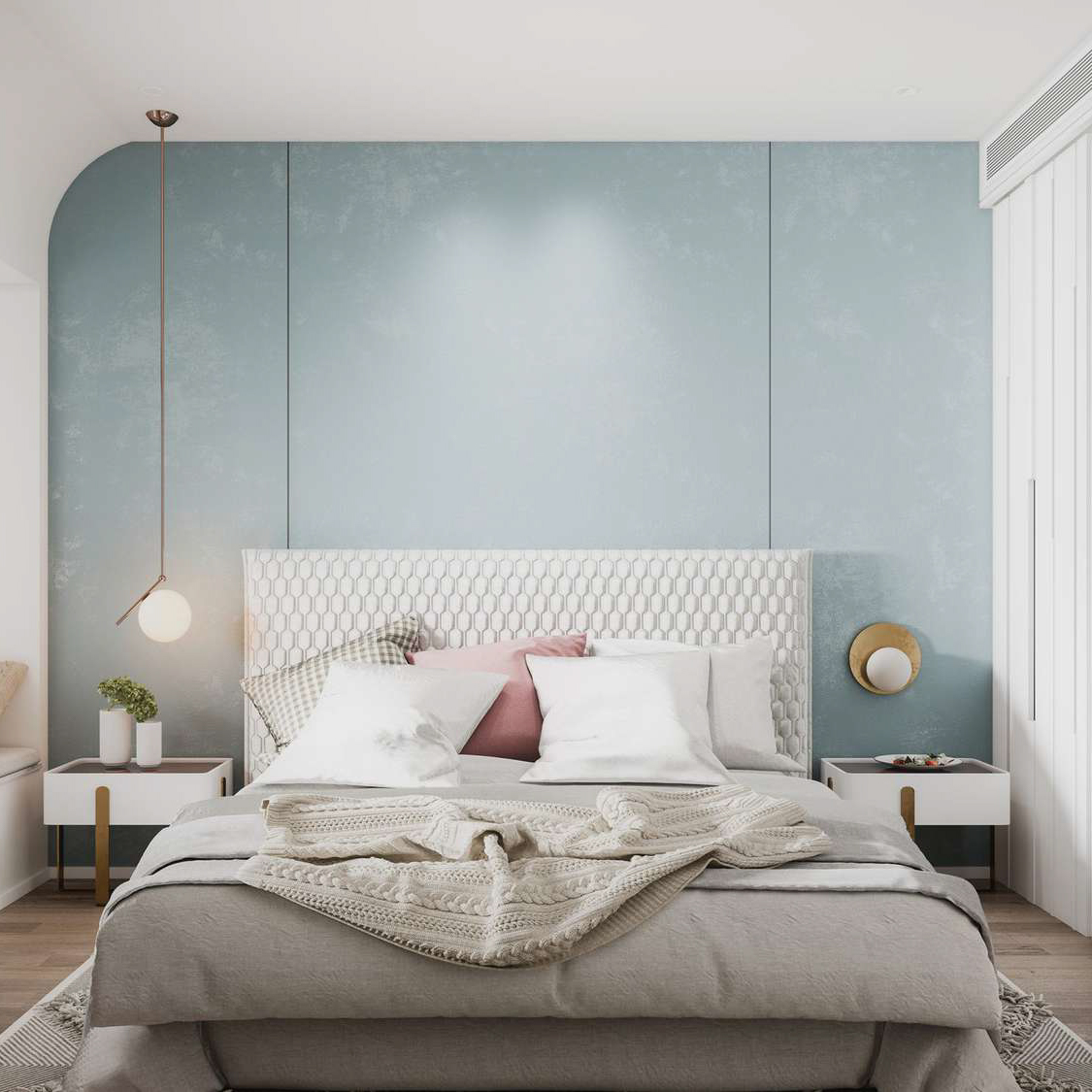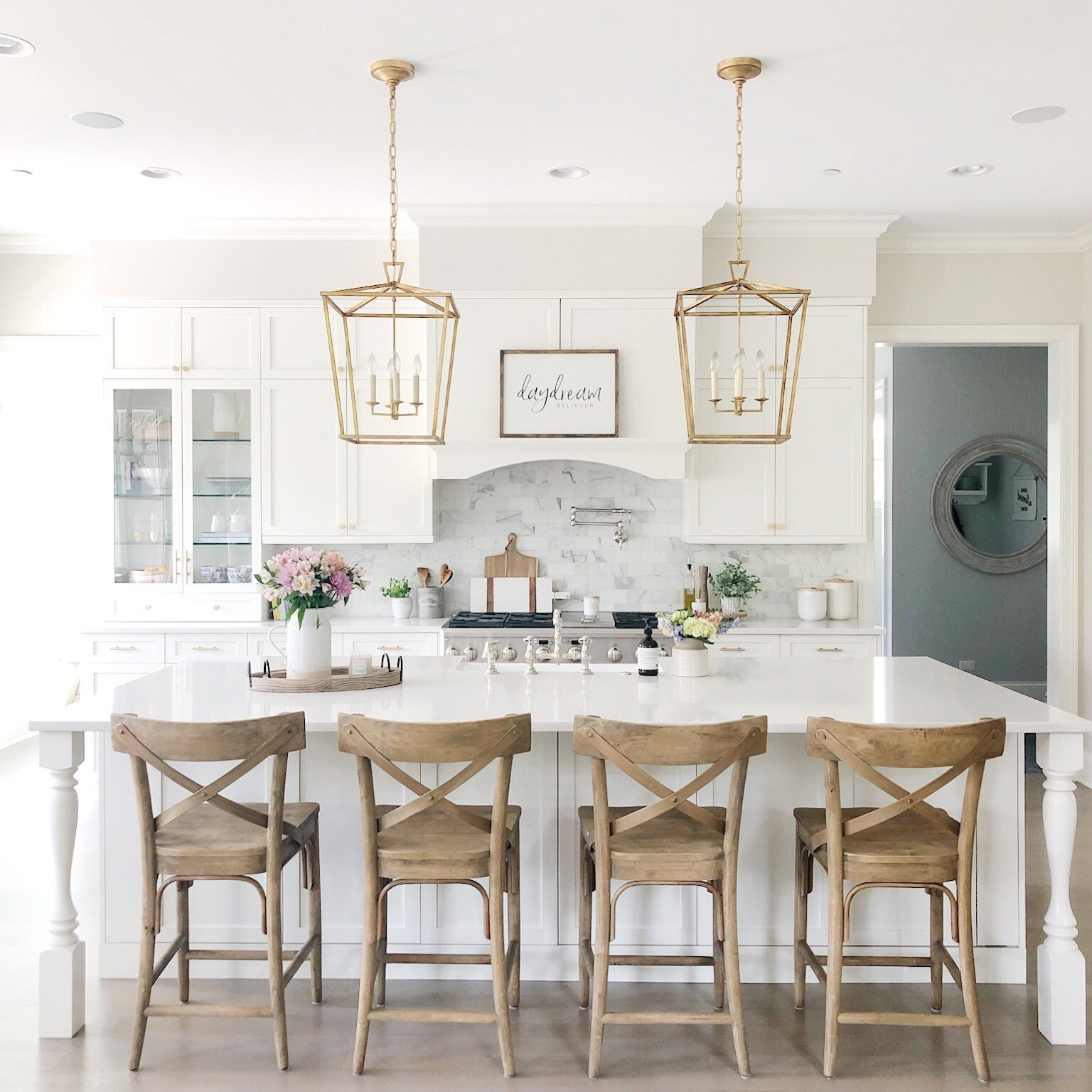Introduction
Low ceiling rooms can create a cramped and oppressive atmosphere. However, with the right lighting solutions, you can turn your small space into a welcoming, bright and functional living area. In this article, we will explore different lighting techniques and fixtures that can help you illuminate low ceiling rooms.
Understanding Low Ceiling Rooms
Before we get into lighting solutions, it’s essential to understand the challenges of low ceiling rooms. Low ceilings are common in basements, attics, and small apartments. A ceiling height of fewer than eight feet is considered low. Rooms with low ceilings can feel claustrophobic, especially if they have small windows or inadequate lighting. The lack of vertical space can also limit your options for furniture placement and decor.
Types of Lighting
When it comes to illuminating low ceiling rooms, there are three main types of lighting: ambient lighting, task lighting, and accent lighting.
Ambient Lighting
Ambient lighting is the primary source of light in a room, and it’s usually installed in the ceiling. The most common types of ambient lighting are recessed lights and flush-mount fixtures. Recessed lights are installed into the ceiling, and they create a clean and modern look. Flush-mount fixtures are attached to the ceiling and come in various styles, from plain to decorative.
Task Lighting
Task lighting is used for specific tasks, such as reading, cooking, or working. Floor lamps, table lamps, and under-cabinet lights are all examples of task lighting. In low ceiling rooms, task lighting can be particularly helpful as it directs illumination to where you need it most.
Accent Lighting
Accent lighting creates a focal point in a room and highlights artwork, architectural features, or decor. Wall sconces, track lights, and picture lights are all examples of accent lighting. In a low ceiling room, accent lighting can add depth and interest to the space.
Lighting Fixtures
When choosing lighting fixtures for low ceiling rooms, it’s crucial to consider the height of the ceiling and the size of the space.
Recessed Lights
Recessed lights are an excellent choice for low ceiling rooms because they don’t take up any space. They are installed into the ceiling, and they can be adjusted to direct light where you need it. Recessed lights come in different sizes and shapes, and they can be dimmable or non-dimmable.
Flush-Mount Fixtures
Flush-mount fixtures are another popular choice for low ceiling rooms. They attach directly to the ceiling and come in various styles, from simple to ornate. Flush-mount fixtures are available in different materials, including metal, glass, and fabric.
Pendant Lights
Pendant lights are a stylish and versatile lighting option for low ceiling rooms. They hang from the ceiling and can be used as ambient or accent lighting. Pendant lights come in various shapes and sizes, and they are available in many styles, from modern to rustic.
Wall Sconces
Wall sconces are an excellent option for low ceiling rooms because they don’t take up any floor space. They attach to the wall and provide ambient or accent lighting. Wall sconces come in many styles and sizes, and they can be used in pairs to create a symmetrical look.
Lighting Placement
The placement of lighting fixtures is critical in low ceiling rooms. Here are a few tips to help you get it right:
Spread Out Lighting
When installing lighting in a low ceiling room, it’s essential to spread it out evenly to avoid creating hotspots or shadows. A combination of ambient, task, and accent lighting can create a balance of light throughout the room.
Use Layered Lighting
Layered lighting is the technique of using different types of lighting to create depth and interest in a room. In a low ceiling room, you can use recessed lights as ambient lighting, pendant lights as accent lighting, and table lamps as task lighting.
Highlight Vertical Spaces
In a low ceiling room, it’s essential to utilize vertical spaces to create the illusion of height. Wall sconces and picture lights can highlight artwork or architectural features, drawing the eye upward.




